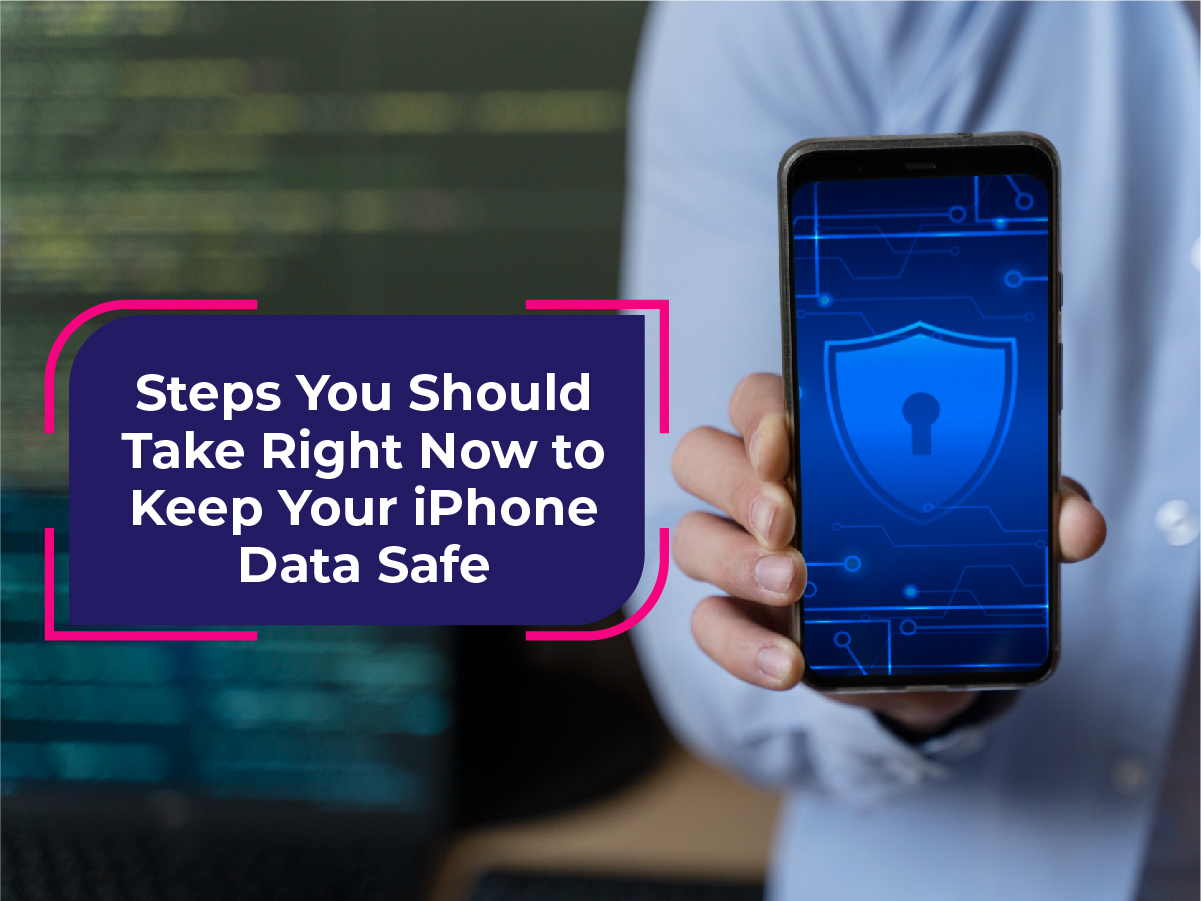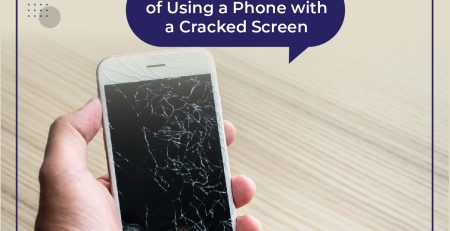11
Sep
Steps You Should Take Right Now to Keep Your iPhone Data Safe

In the age of digital connectivity, our iPhones have become an integral part of our lives. From cherished memories in photos to sensitive personal information, our iPhones hold a treasure trove of data. But what happens if this valuable data falls into the wrong hands or is lost due to an unfortunate accident? To ensure the safety of your iPhone data, it’s crucial to take proactive steps. In this blog post, we’ll outline some essential measures to protect your iPhone data and keep it safe from potential threats.
Enable Face ID or Touch ID:
One of the most basic yet effective ways to secure your iPhone is by enabling Face ID or Touch ID. These biometric authentication methods ensure that only you can access your device, adding an extra layer of security beyond the traditional passcode.
Set a Strong Passcode:
If you prefer using a passcode over biometric authentication, make sure it’s strong and not easily guessable. Avoid using common combinations like “1234” or “0000.” Instead, opt for a complex passcode with a mix of numbers, letters, and special characters.
Regularly Update Your iOS:
Apple regularly releases iOS updates that include security patches. To stay ahead of potential threats, keep your iPhone’s operating system up to date. These updates often address vulnerabilities that could be exploited by hackers.
Activate Find My iPhone:
Find My iPhone is a powerful feature that allows you to track your device’s location, remotely lock it, or even erase its data if it’s lost or stolen. Ensure that this feature is activated on your device and that you know how to use it in case of an emergency.
Use Two-Factor Authentication (2FA):
Enabling 2FA adds an extra layer of security to your Apple ID, which is used for iCloud and other Apple services. It requires a secondary authentication method, such as a text message or authentication app, in addition to your password to access your account.
Regularly Backup Your Data:
Backing up your iPhone regularly is crucial in case of data loss due to accidents or hardware failures. You can use iCloud or iTunes to create backups, ensuring that your data is safe and can be restored if needed.
RELATED
Posts
The Best Tech Gadgets for Your Next Road Trip
When wanderlust calls, a road trip can be the perfect way to explore new destinations and enjoy the freedom of the open...
What You Need to Know About Broken Phone Insurance
In today's fast-paced world, smartphones have become integral to our lives. We use them for communication, work, entertainment, and even as personal...
5 Common Myths About the Batteries in Your Favorite Tech
Battery technology has come a long way since the advent of portable devices. Yet, many misconceptions persist about how to get the...
How to Spot a Scam Email or "Phishing" Email: A Guide to Staying Safe Online
In today's digital age, scam emails, also known as "phishing" emails, are an unfortunate part of life. These deceptive messages are designed...
How to Keep Your Computer Running Smoothly with Updates
Introduction In our modern digital age, computers are a necessity for work, entertainment, and communication. But, just like any other machine, they require...
Initial Steps to Take If You Suspect Malware on Your Mobile Device
Introduction We all rely heavily on our mobile devices for a variety of tasks, from checking emails to online shopping and even controlling...
Top 5 Risks of Using a Phone with a Cracked Screen
Introduction Smartphones have become an essential part of our daily lives. From checking emails and browsing the web to capturing memorable moments, we...
Water-resistant vs. Waterproof: What's the Difference When it Comes to Phones?
Understanding the Lingo: Dive Deeper into the Tech World
It's a rainy afternoon, and you're navigating the bustling streets while trying to hold...School Starts Now: 10 Tech Gadgets Every College Student Needs
With the academic year kicking off, it's important to set yourself up for success. College students today have a myriad of tasks...









